Many idiots like me confuse Awadhi cuisine with Mughlai cuisine
(P.S: This will be slightly boring , hence please bear with me or skip this section … please !!! )
To make things simple, the cuisine originated in Lucknow. And surprisingly, is closely related to the neighbouring bhojpuri cuisine. The whole cooking style is highly influenced by Central Asia, Middle East and northern India. Agra being one of the key areas during the mughal emperor, most of the champion bawarchi and Rakabdars were shifted there, and as a result, the cuisine got elevated to a different level.
As avadh grew in historical importance of mughal nawabs, the cuisine got influenced by sophistication of mughlai or persian cuisine, but taking cue from the hindu masters as well. Even though Rampur is very near to the region, the cuisine is vastly different. Whereas Rampuri khana got the coarseness from use of the whole spices, awadhi khana retained its subtle nature. It’s far from the usually said, roti aur boti. Distinct use of ingredients were of primary importance in this cuisine. “For instance, garlic is never used in a dish, where saffron is used”- says Chef Gulam Qureshi. And ginger and garlic pastes are prepared separately instead of a generic common one.
Let’s take another example of kebab. Awadhi cuisine is synonymous with Kakori kebab. And many folklores go around with it, starting from the story of a toothless nawab (in literary sense … really !!!) with lust for sheekh kebab to the urge of british soldiers for a smoother version of sheekh kebab. Galawat ke Kebab (made with papaya paste) is now called as Galauti Kebab (and Rajma galauti being the vegetarian version). Off course Shami Kebab and Shikampuri Kebab are other versions of the same.
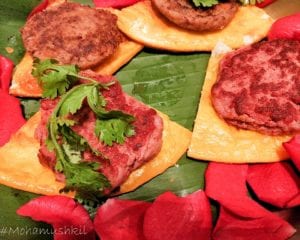
Rajma Galauti

Ulte tawa ke Paranthe and rajma Galauti
And then comes the battle between Pulao and biryani …
“Pulao and Biryani are the same thing- aren’t they chef ? ” I asked Chef Rehman Mujeebur and the response was sharp “There is nothing called as a Awadhi Biryani, it’s only Pulao … “. After all, he is the champion with his Awadhi cooking and have travelled to Kolkata for the Dawat-e-Awadh food festival. And his family has been associated with the royal kitchen of awadh and was deputed by the nawab of awadh for nurturing new culinary delicacies. Anyway, the chef got kinda fed-up with my idiocy but being the polished that he is, spoke as follows …
To cut a long story short, what we understood that pulao is a superior product than biryani. The use of spices in the former is much lesser and heavy spices or fragrance is not entertained in a pulao, unlike Biryani. I frankly didn’t believe it. As per my knowledge went, there are also few other key differences ….
- Pulao originated in Middle east and Central Asia- even few varieties are found in East Africa. Whereas, Biryani was borne among the muslim population in Indian continent.
- A layered method of cooking is mandatory for biryani, but for pulao, it’s a one-pot meal. rice and meat/ vegetables are cooked together.
- And for a glutton, pulao is supposed to be had with accompaniments- like korma or something (as the saying goes … Pulao-Korma), wherein Biryani is a lone warrior.
But keeping aside the theories, the Mutton pulao that we tasted in JW Kitchen was an experience. It was super smooth and did not have the loudness of kewrah and ittar. Was it a subtle smell of rose-water, I really couldn’t figure out. The rice was distinctly separate, as chef Rehman Mujeebur described it. The gila cut of biryani was not there. And let me be honest, if I come back here (which I will, with my family), it’ll be for this single dish. And finally, my loyalty for biryani took a big blow with this beauty.
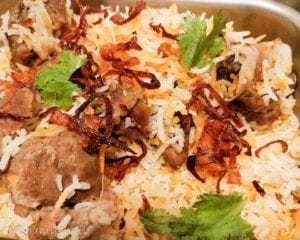
Gosht Dum Pulao
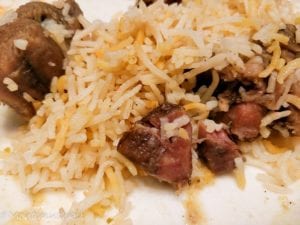
So where’s the damn Nihari ?
Now, the second dish, which I’d definitely like to mention in the spread was the Chowk Ki Nihari, a.k.a Mutton Nihari. This dish supposedly dates back to 17-18th century and many people say, the root is Old Delhi. But the awadhi variant varies significantly from its Delhi counterpart. The Delhi version is more reach and reddish-orange , whereas the awadhi version is lighter and is yellow-ish in color. It’s supposed to be a breakfast item. The name “Nihari” comes from the arabic word “Nahar”, meaning morning. It’s said that nawabs used to have this in the breakfast, along with bakarkhani bread. And gradually Nihari became the staple food for Mughal army, for some instant morning energy.

Nihari
Now, there’s another folklore around … It’s said, a kilo is last night’s nihari (called “Taar”) is mixed in the fresh nihari everyday in few old shops … this is done to have a unique and rich flavor. Now, this is not the case here and the menu normally changes daily till the festival is there (till 22nd July’18).
Whatever, all said and done, the Nihari again was super smooth. It was watery, but rich in nature. Meat was just falling off the bones, yet, not coarseness could be found in the gravy. Definitely, this is the second showstopper of the evening.
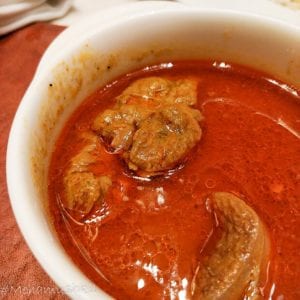
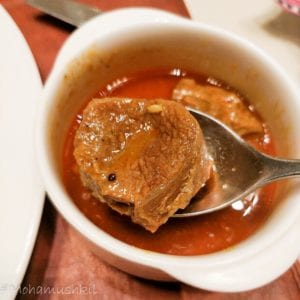
I am sure the other Awadhi dishes served to us were great. As least I remember the Dum Ke Murgh. But once you’ve listened and felt Bade ghulam Ali Saheb, even Kishore Kumar won’t be able to satisfy you …
Some quick facts before I would like to take you back to my tryst with the current Nawab of Murshidabad where he also expressed his love for Mutton Pulao over Biryani in Murshidabad cuisine …
The blogpost for the same can be checked here
Details in a nutshell …
Food festival going on till 22nd July 2018 at JW Kitchen, JW Marriott Kolkata
Lunch: 1250 AI (Monday – Friday)
Dinner: 1625AI (Monday – Sunday)
Saturday Brunch: 1500AI (Beer & Sangria); 2500AI (Select premium spirits)
Sunday Brunch: 1850 AI (Beer & Sangria); 2500AI (Select premium spirits)
Bon apetit !!!
Comments and critics welcome
I can be reached at 9903528225 / indrajit.lahiri@ymail.com

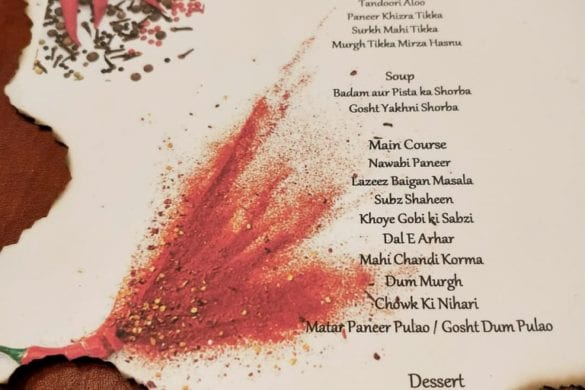
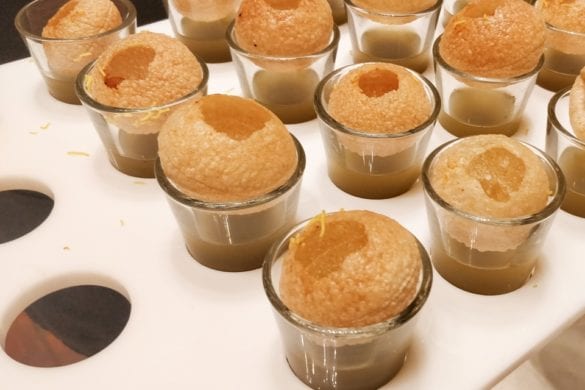
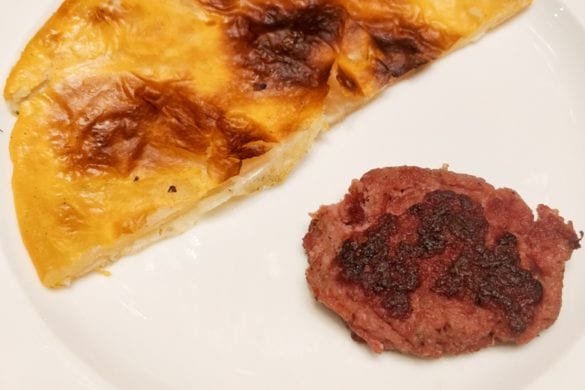
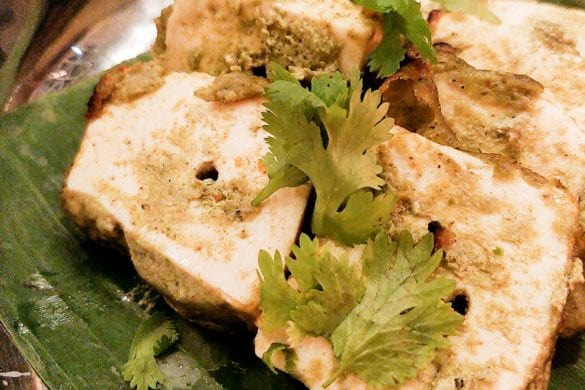
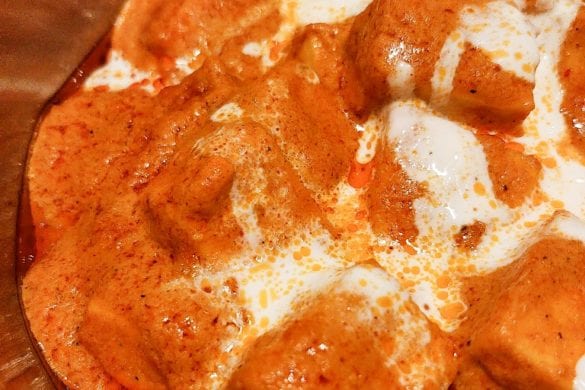
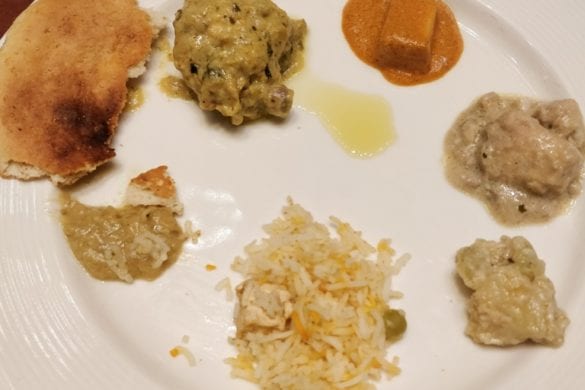
2 comments
[…] Awadhi food-festival at JW Marriott and a sublime battle […]
[…] Awadhi food-festival at JW Marriott and a sublime battle […]